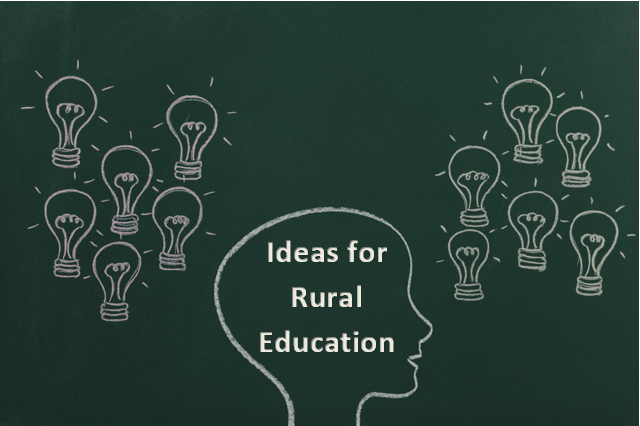India as a young country has approximately 28.1 percent of its population under the age group of 0-14 years, as of 2015. With an immense potential in higher education industry it is expected to reach USD144 billion by 2020 from USD97.8 billion in 2016 and when talking about higher secondary level, education sector in India is expected to increase to USD35.03 billion by 2025 from USD6.96 billion in 2015.
While these numbers fascinate us from a business point of view we still have a literacy rate of 71% in rural areas and 86% in urban areas. The role of government institutions are critical here to take these numbers up by 2020. Before deep diving to our literacy rate, let us first have a look at our education sector.

The sector is mainly divided into Formal and Informal Education, further segregated to Pre-Schools, K-12, Higher Education, Vocational Education and Private Coaching Institutions. Taking a deep dive into our education system we can find both the formal and informal structure for the Private Sector.

Now deep diving into the findings of NSSO survey, literacy rate among age group of seven years and above in the country was 75%. In rural areas, it was 71% compared to 86% in urban areas. Similarly adult literacy (age 15 years and above) rate in India was around 71%. In rural areas, adult literacy rate was 64% compared to 84% in urban areas which is even worse. Keeping these figures in mind the government is trying to achieve its target of 30% GER (Gross Enrolment Ratio) by 2020 and need an additional investment of USD200 billion. The Indian education sector also witnessed as Foreign Direct Investment (FDI) inflow of USD1,256.08 million during April 2000 to March 2016.
While talking about the access to education, the NSSO survey also find no significant difference and in both rural and urban areas, nearly 99% households reported availability of primary school within 2 kms from the house. Similarly for higher level of learning, like upper primary or secondary, a lower proportion of households in rural areas compared to that in urban areas reported existence of such facilities within 2 kms. Approximately 86% of rural households and 96% of urban households reported upper primary schools within a distance of 2 kms from the house while approximately 60% of rural households and 91% of urban households reported secondary schools within 2 kms radius.
While I see these figures on literacy rate or access to education, the rural India really in need of a significant change. While government is trying its part in the best possible way to promote education and increase GER through its Sarva Sikshya Abhiyan, Skill India and other initiatives, it is now high time for the Private Sector to play their part. After reading some of the articles I find the education India is in need of a shift from the traditional methods of learning to more focused and skill based learning to promote an all-round development of the student and improving their employability capacity.
Please lookout this space for more articles specific to Rural Education Sector in India and your valuable comments are awaited.
Sources:
- Survey on ‘Social Consumption: Education’ during the National Sample Survey (NSS) 71st Round, January to June 2014, conducted by the National Sample Survey Office (NSSO) under the Ministry of Statistics and Programme Implementation.
- UGC Annual Report 2014-15, Technopak, Centre for Budget and Governance Accountability, TechSci Research.
- Ministry of HRD, Technopak, Department of Commerce Government of India . DIPP, TechSci Research.
- Indian Brand Equity Forum
- http://www.dnaindia.com/money/report-literacy-rate-at-71-in-rural-india-86-in-urban-survey-2100551
